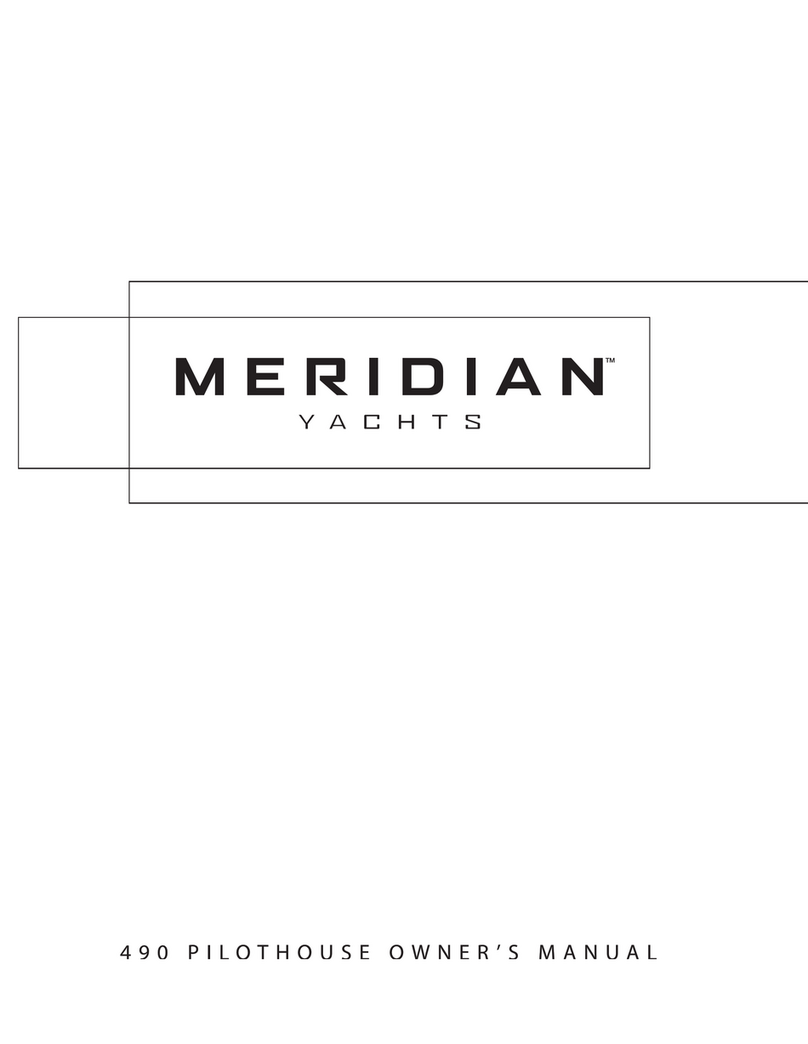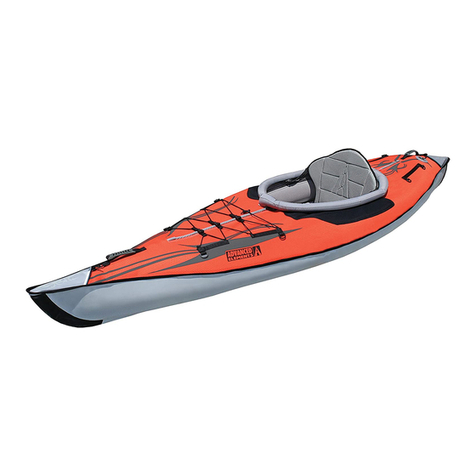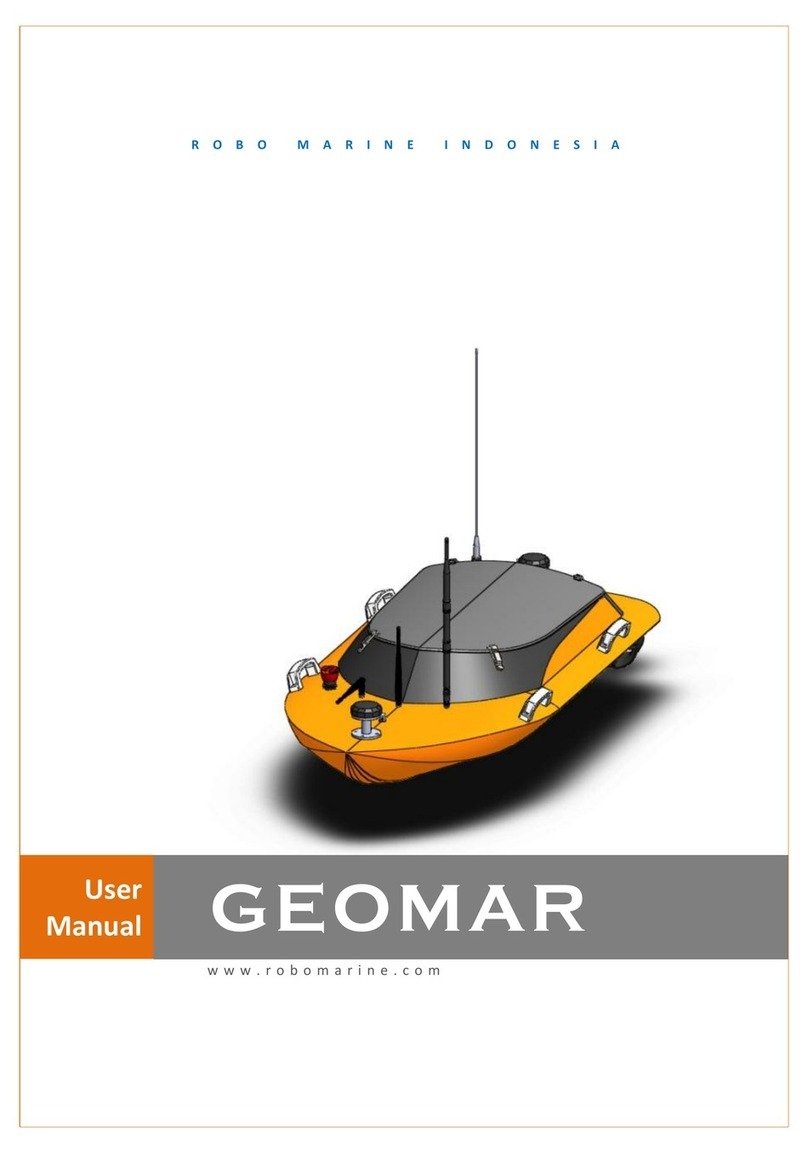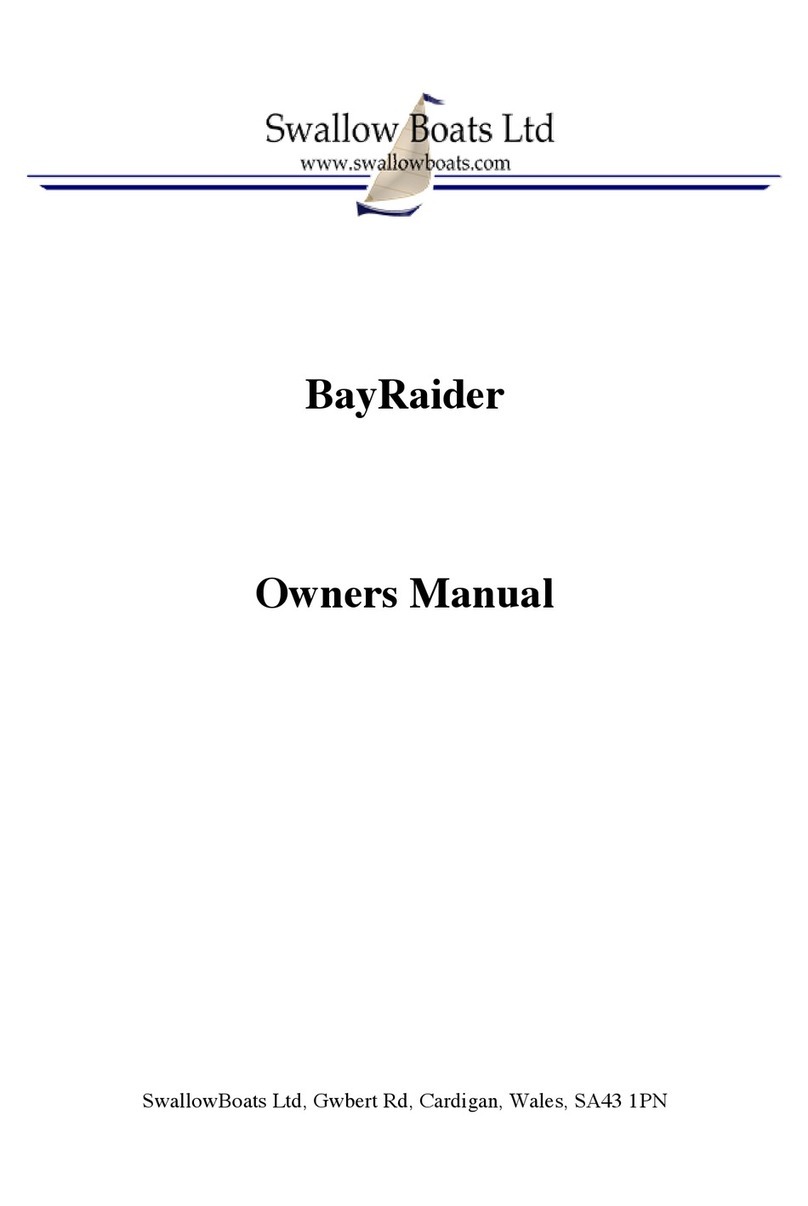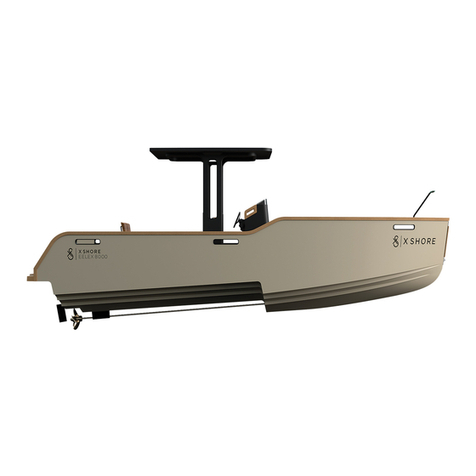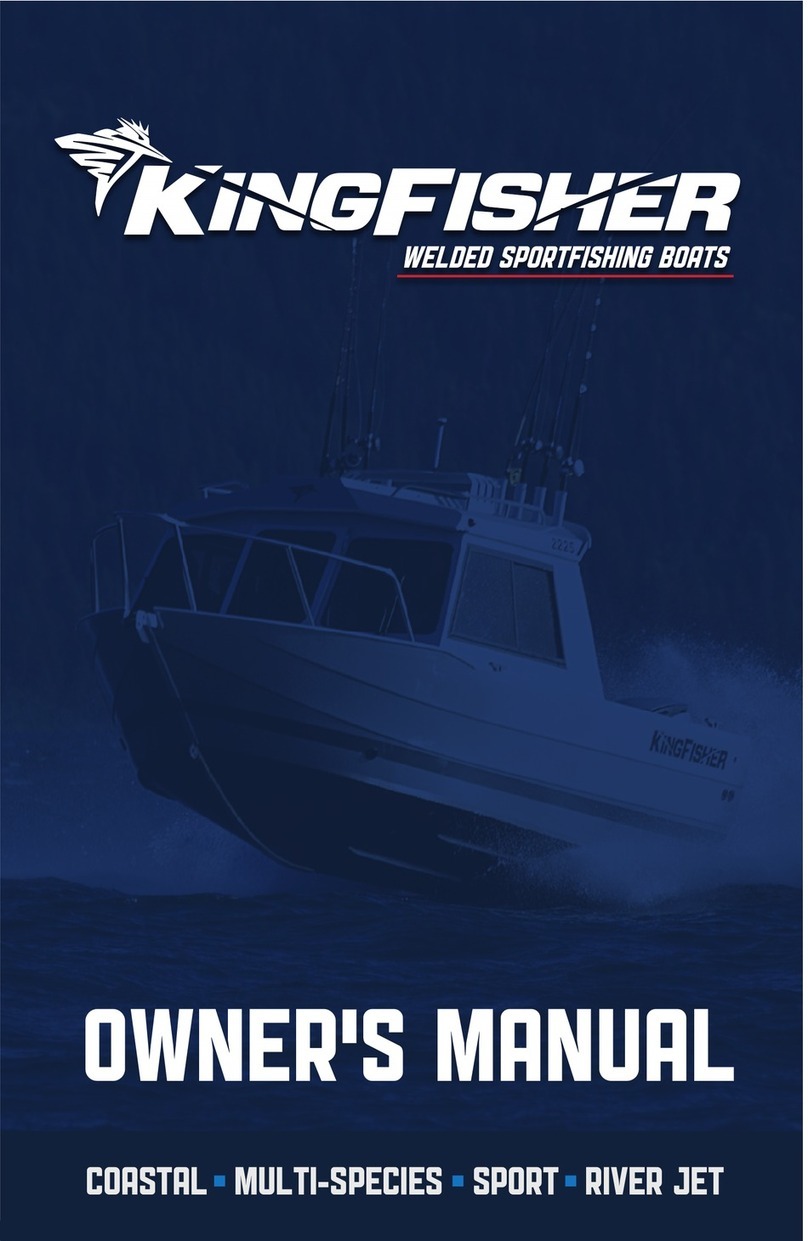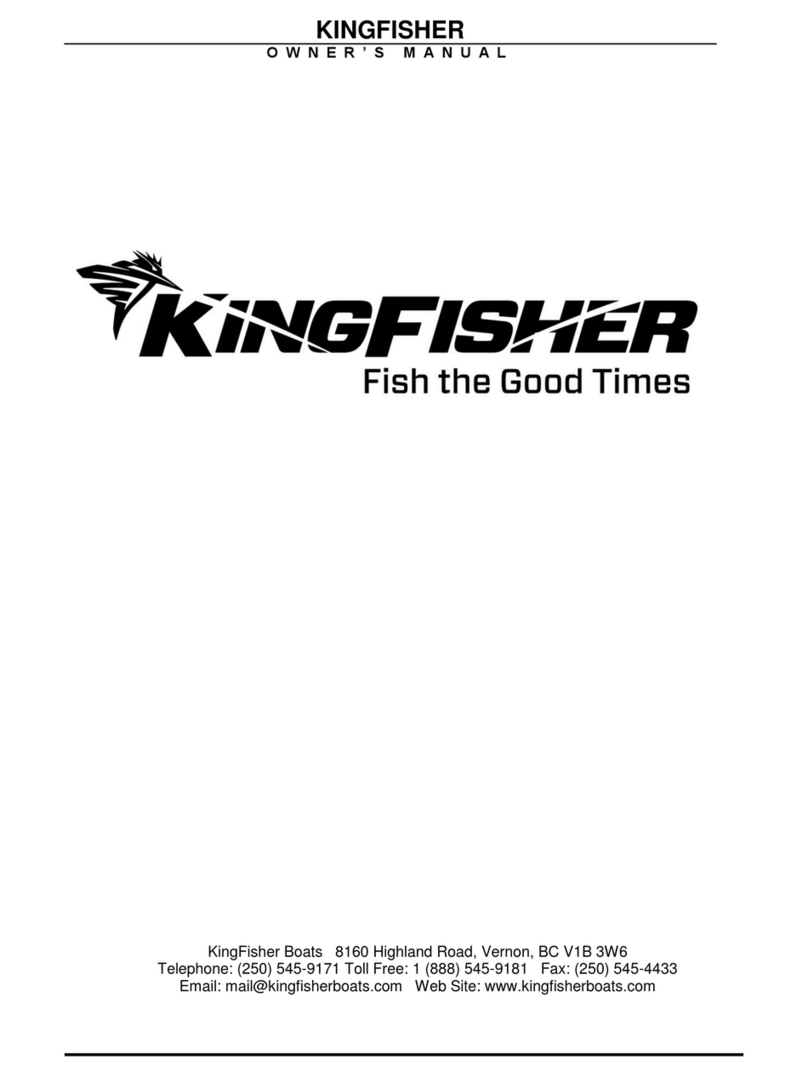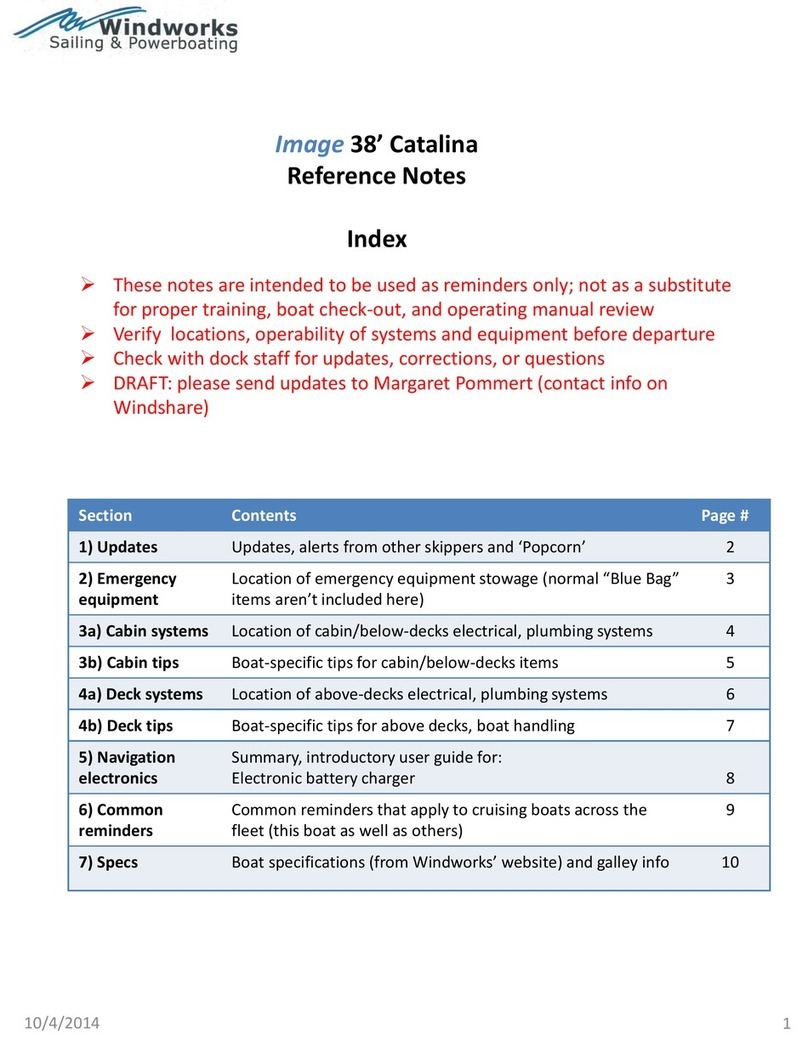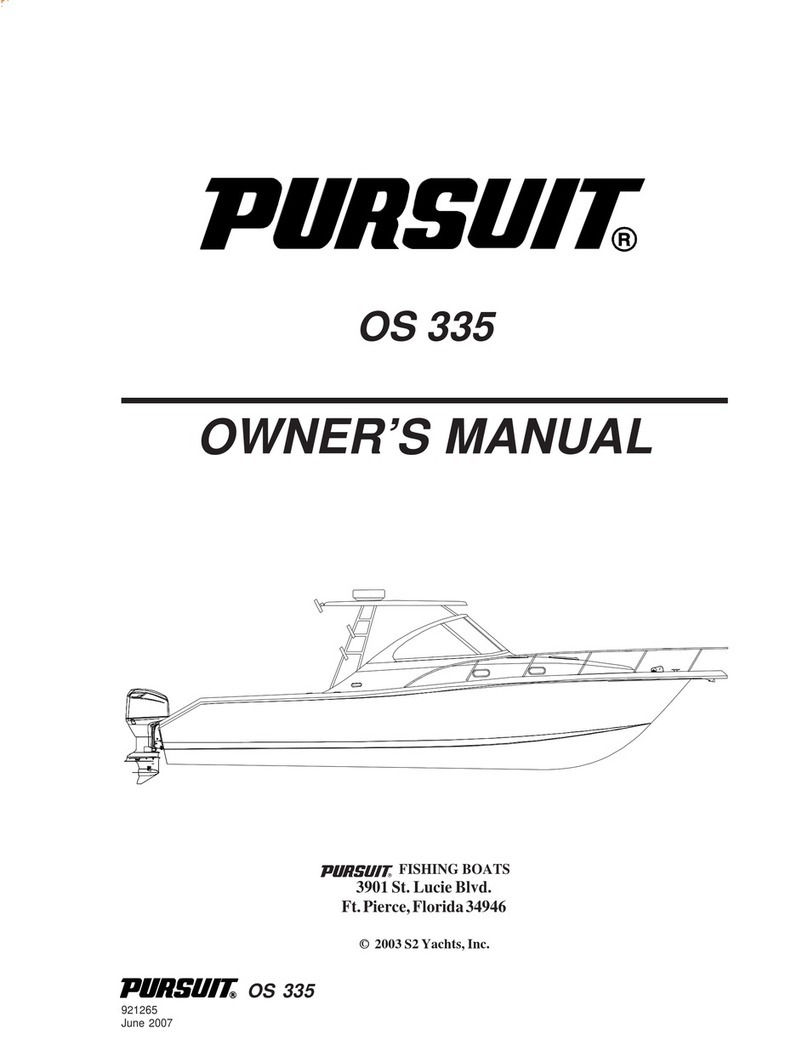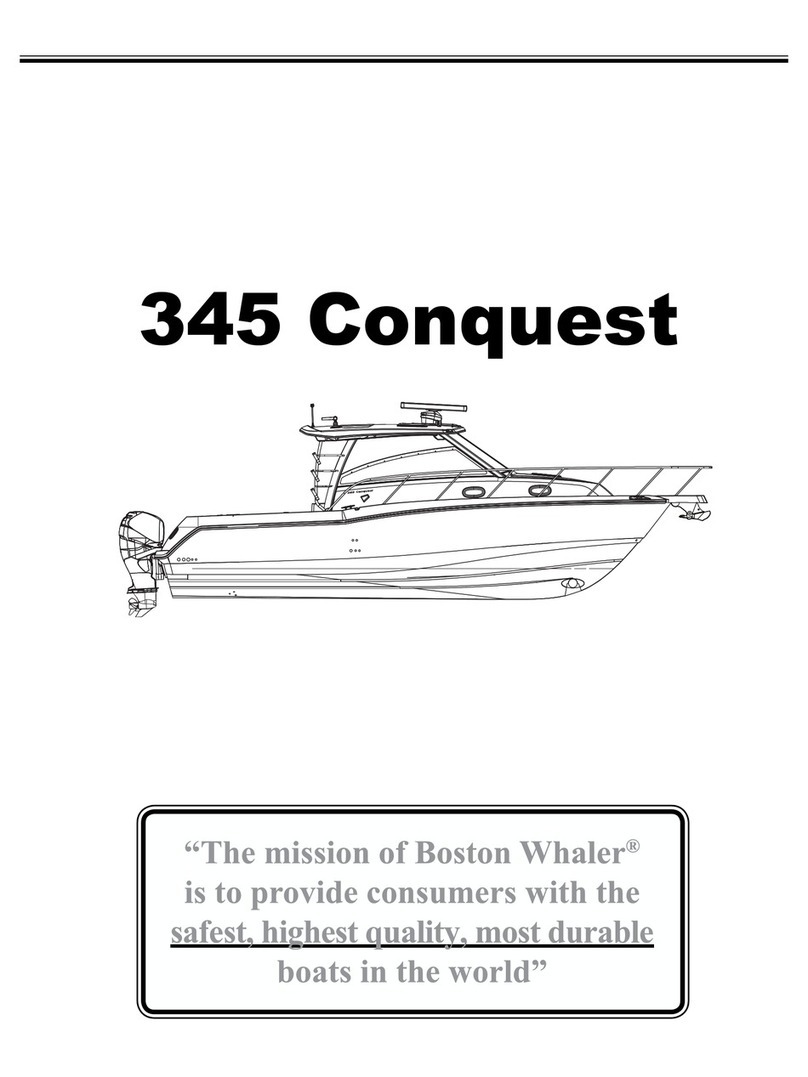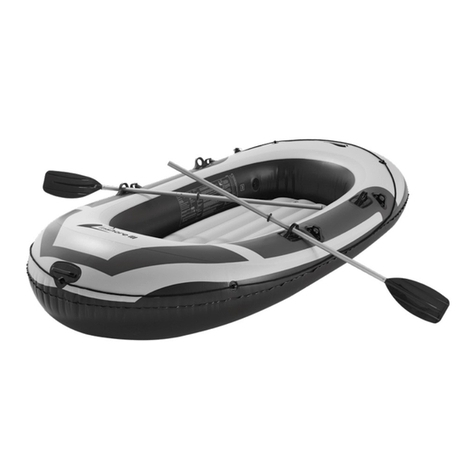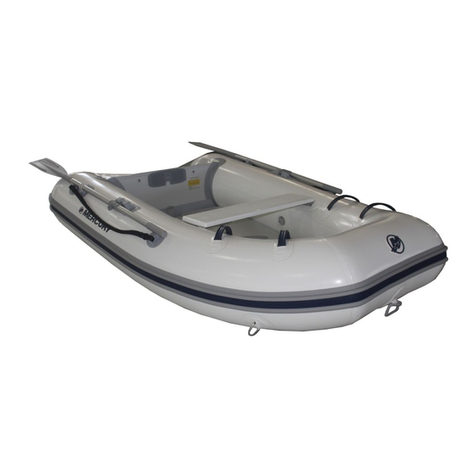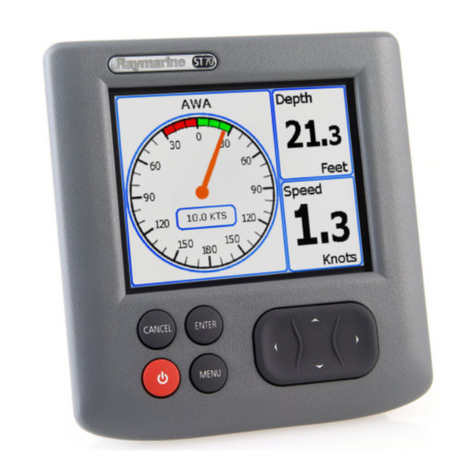
SECTION 2 –Safety INFORMATION
PREPARATION
Before starting your voyage, ensure that you are
familiar with applicable boating regulations for
the region. These can be obtained from Transport
Canada Ofce of Boating Safety or your local
United States Coast Guard ofce.
Below is a safety checklist that should be performed every
time you head out on the water.
❏Ensure your boat insurance and vessel
license are complete and up to date
❏Check your on-board safety equipment, including but
not limited to:
• Paddles
• Class 5BC Fire extinguisher
in good working condition
• Bailing container
• Watertight ashlight
• Type A, B, or C ares on board and that they are
not expired. (Vessels less than 6m must carry 3,
and vessels over 6m must carry 6)
• Buoyant heaving line at least 15m in length
❏Check the horn
❏Check all lights
❏Check your radio, cell phone and or signalling device
❏Check your bilge pump
❏Ensure every passenger has an approved, properly
tting personal oatation device
❏Check all seats and ensure they are rmly attached
❏Check battery and electrical system for damage or
corrosion and spare fuses
❏Check the steering for smooth operation through the
full range of travel
❏Ensure that all loose items are safely and securely
stowed
❏Check for any damage to the boat
❏Check that the hull drain plugs are in place
❏Check engine uid levels
❏Check your capacity rating and ensure your boat is not
overloaded or overpowered
❏Check bilge for water, fuel and oil.
❏Ensure you have a container to collect any garbage
❏Check the weather report
❏Always have someone along who can operate
the boat if you become incapacitated
❏Make sure you and your guests are wearing
approved personal oatation devices
❏Instruct your guests on safety procedures and
equipment on board
❏Leave an itinerary of your trip or “Float Plan” with
someone on shore and have them contact local
Search and Rescue if you don’t return at the
appointed time
SAFE BOATING
It is strongly recommended to read either “The Safe
Boating Guide” (Fisheries and Oceans Canada, Coast
Guard), or “A Boater’s Guide to the Federal Requirements
for Recreational Boats” (US Coast Guard) prior to
operating your boat. Similar publications may be available
through other state or provincial bodies. Check with
your local governing body to see if an operator license
is required in your jurisdiction. Marine safety and boat
handling courses such as those offered through Power
Squadrons are also highly recommended.
3125
|3425 OWNERS MANUAL KINGFISHER BOATS 3

